From Rabat to Tangier to Explore Morocco's Diversity
This Saturday, the Language and Culture program students took a day trip to Tangier to begin to see the diversity of Morocco outside of Rabat. Tangier is a city in the north of Morocco and from the northern coast, you can see Spain, with only 9 miles of water between the closest points of the two countries. Between 1912 and 1956, part of the land in the north of Morocco was colonized by Spain, and it is easy to see the legacies of this colonialism today. Much of the architecture in Tangier and other cities in the north of Morocco is Spanish and many Moroccan residents in northern parts of Morocco speak Spanish and have frequent interactions in Spanish. The Language and Culture students quickly noticed and inquired about this when overhearing conversations in Spanish as we walked around.
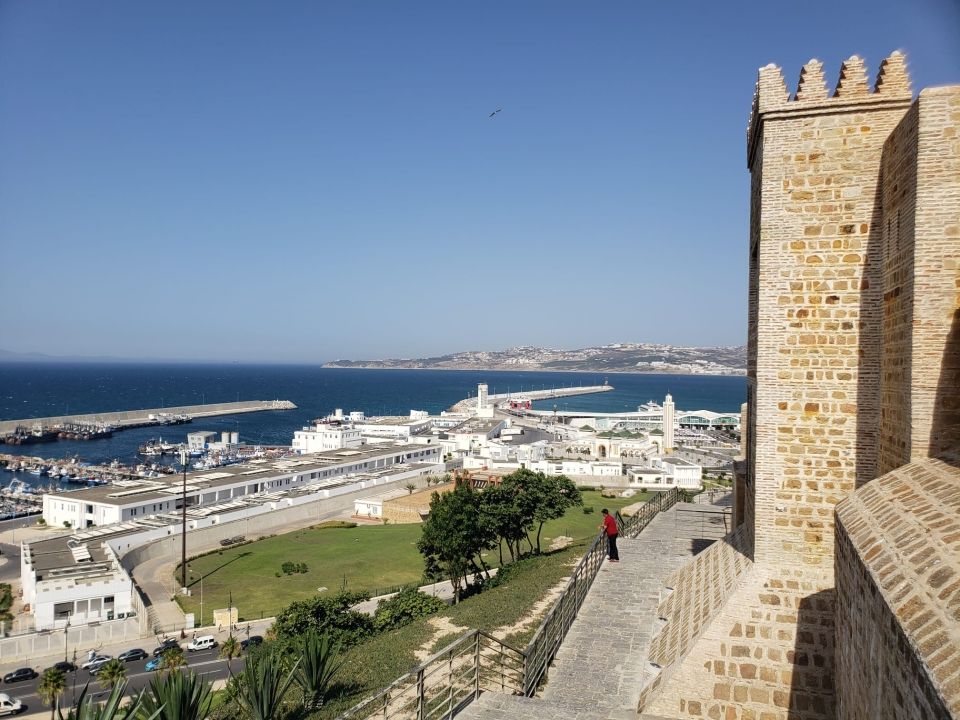
Upon arriving, we had a delicious Moroccan lunch at Association Darna where we ate salads and dips such as zalouk, tajines and sweets for dessert. Association Darna is a center whose mission is to support women in difficult situations and allows them to access education and trainings to attain financial independence, as well as foster their artisanal gifts and sell beautiful embroidered, woven, and other products.
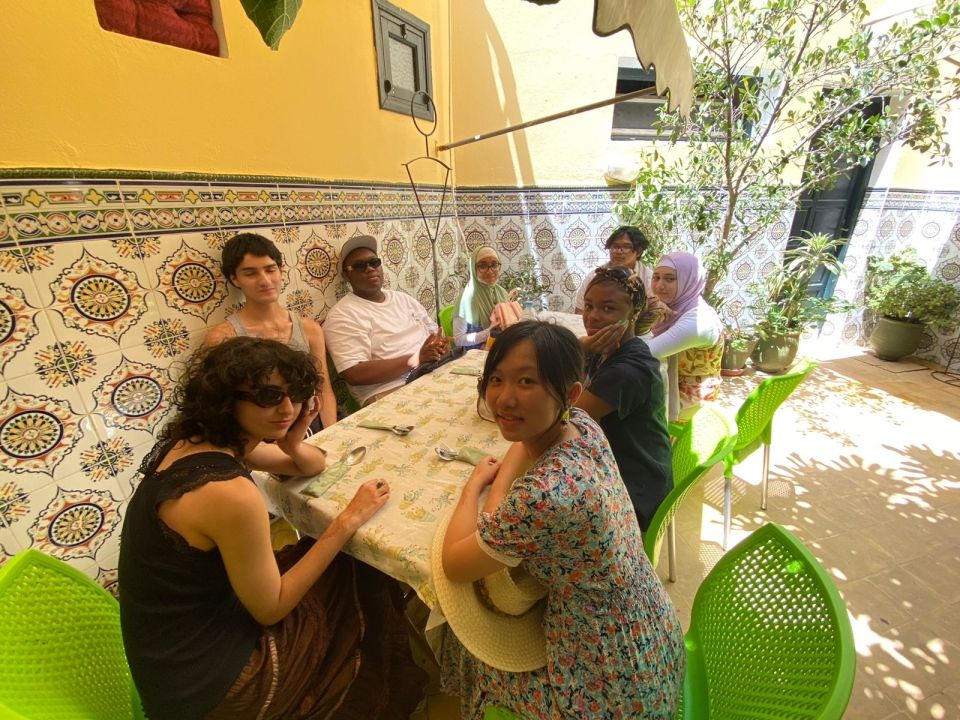
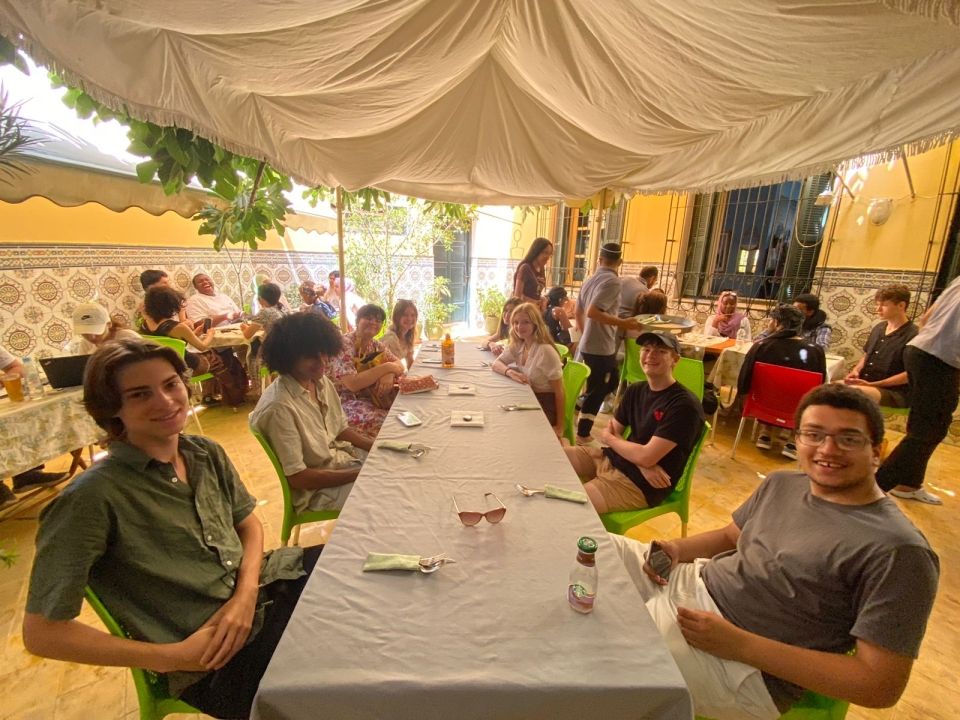
From lunch, we met with our engaging and knowledgeable tour guides and went to Cape Spartel and the Grotte d’Hercule (Hercules Cave). Cape Spartel is a point where the Atlantic Ocean and the Mediterranean Sea meet and it is extraordinarily beautiful. Our tour guides explained to us that the Hercules Cave is part man-made and part natural and has an opening to the sea that is believed to be created by the Phoenicians and looks like the shape of a map of Africa when looking at it from the sea.
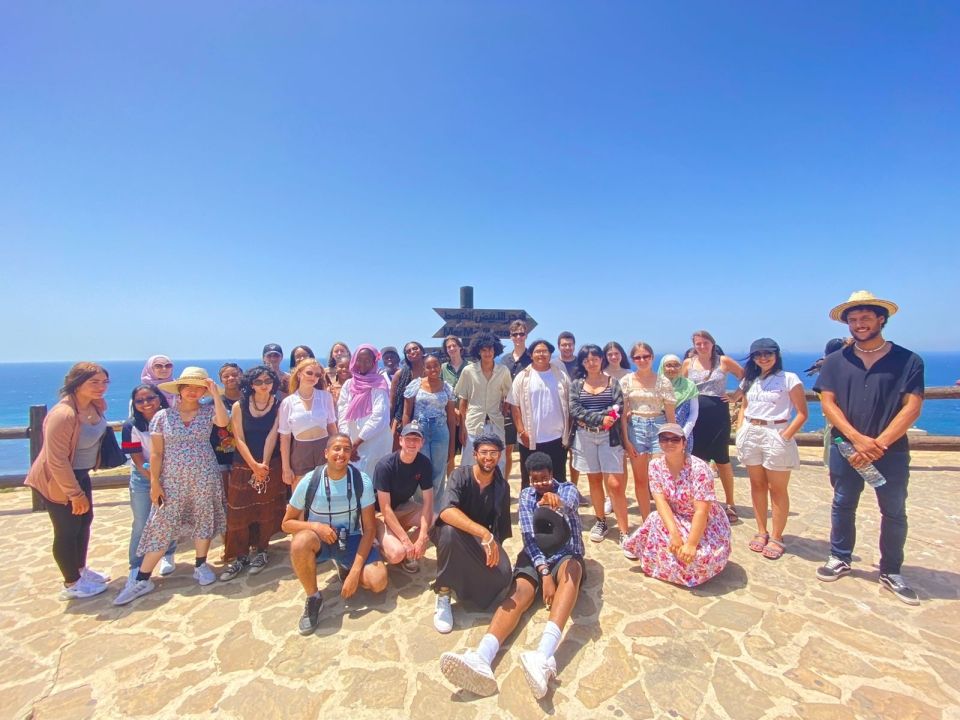
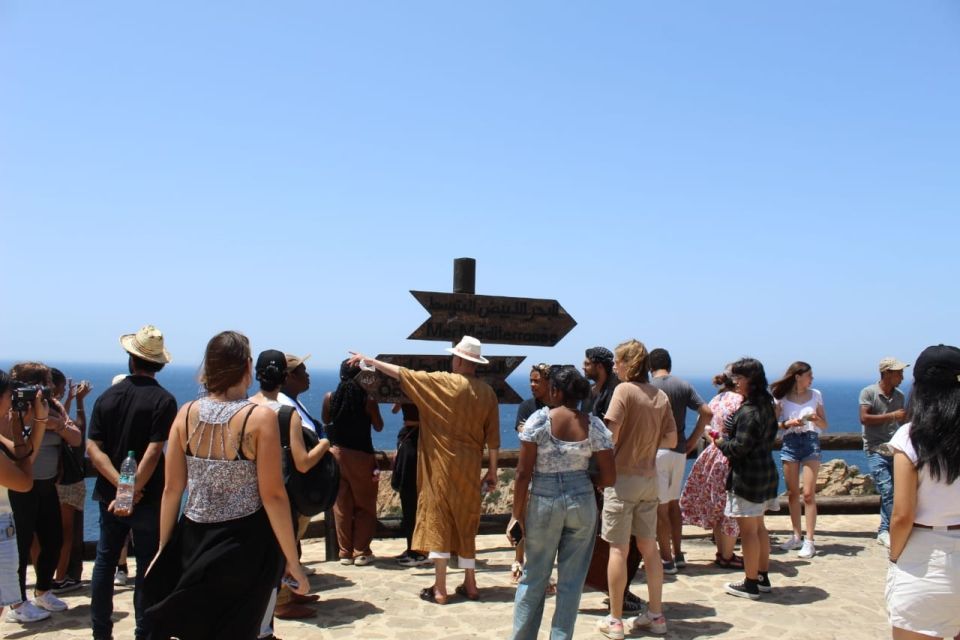
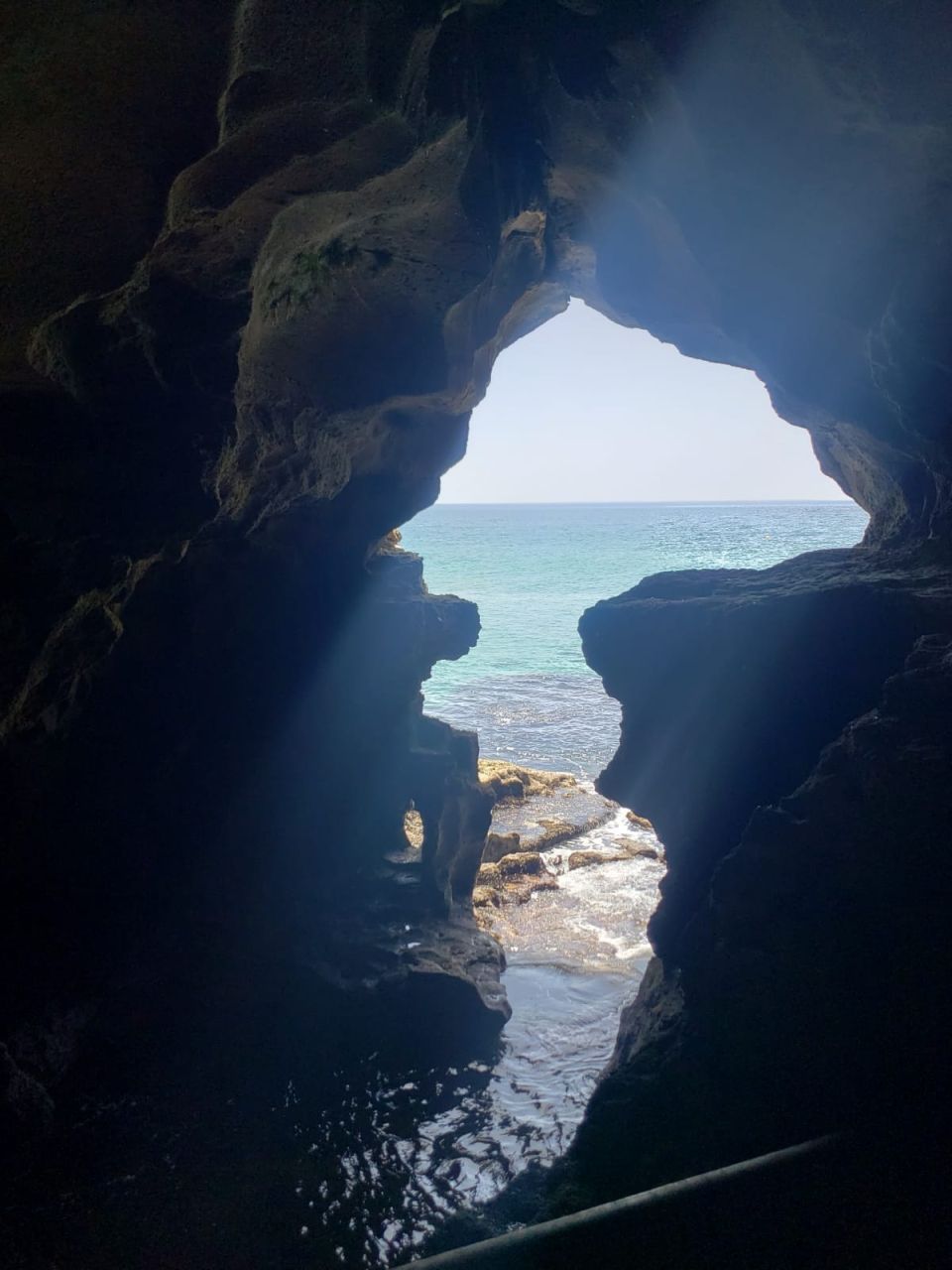
We then took a walking tour of the Kasbah (old medina) in Tangier. We saw the historic mosque that dates back to the 17th century, the tomb of Ibn Battuta who was an explorer across Africa and Asia, as well as some of the locations that inspired many artists, including Henri Matisse. Our tour guides were engaging story-tellers that brought us to many different periods of Tangier's history throughout the course of the tour. Students then had a bit of time to explore the souk area of the kasbah before getting on the road back to Rabat.
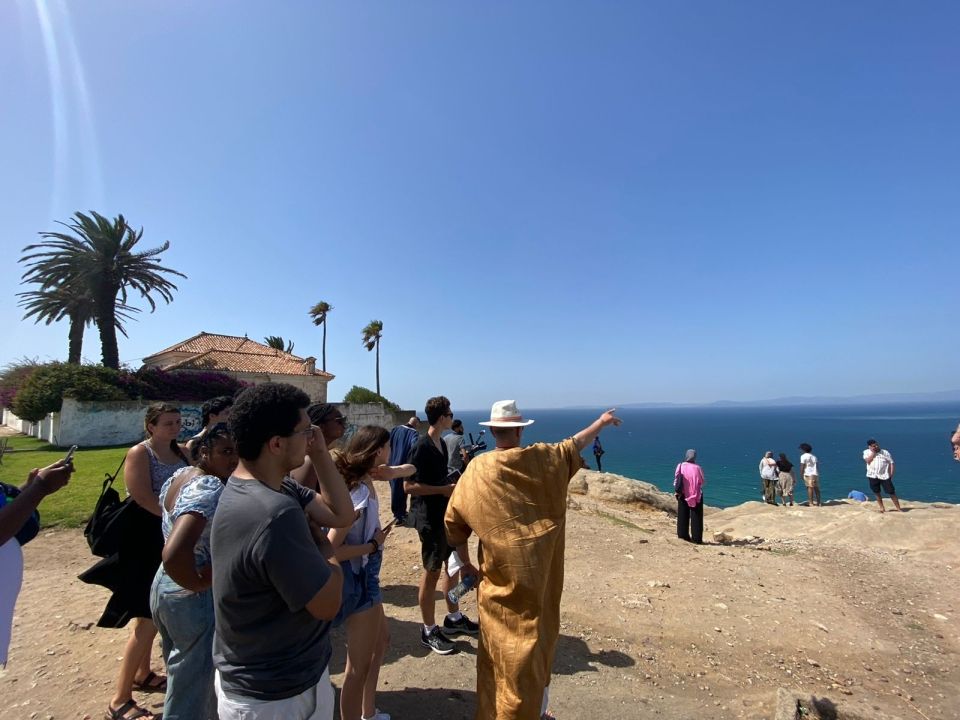
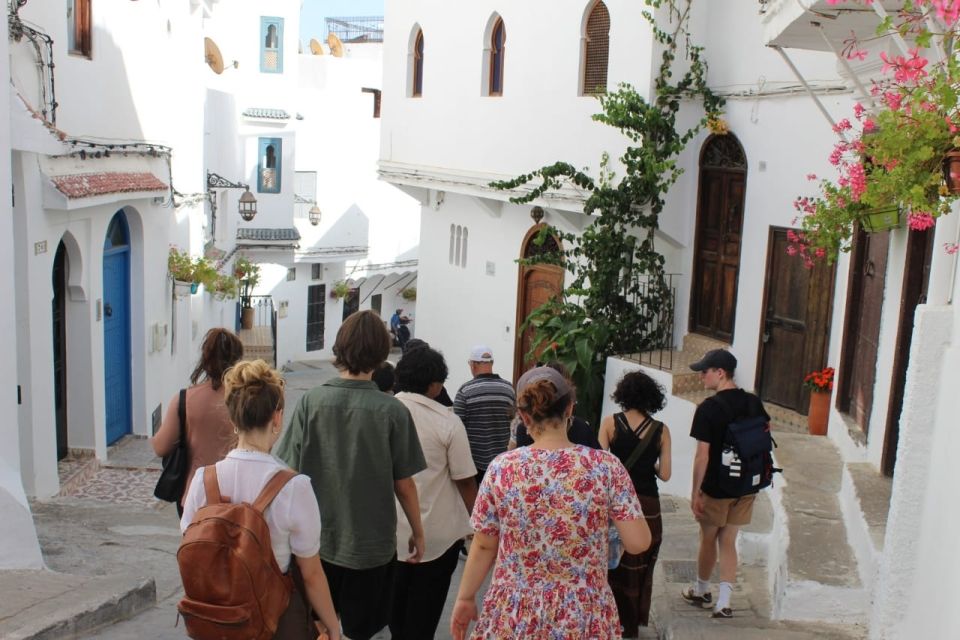
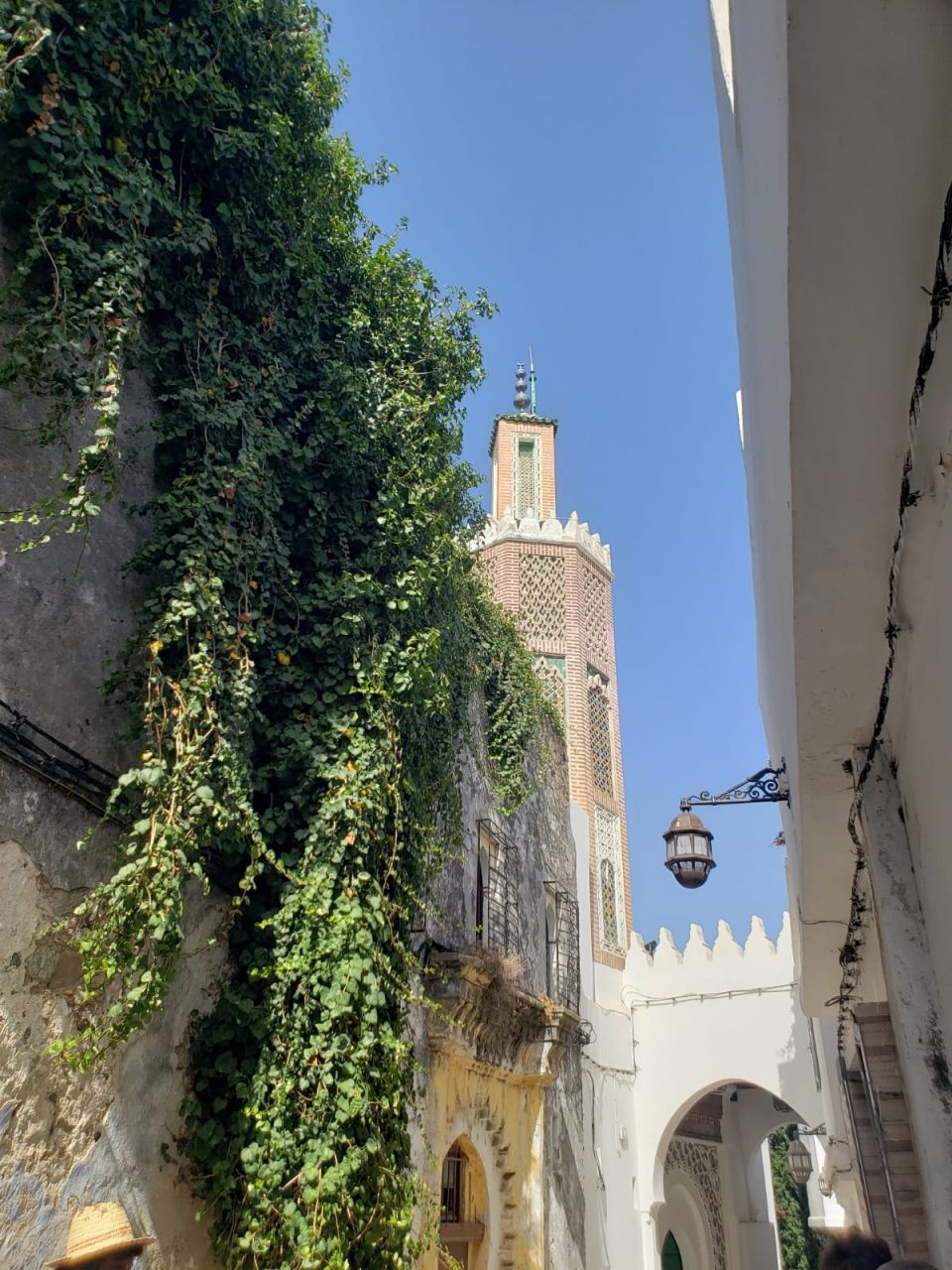
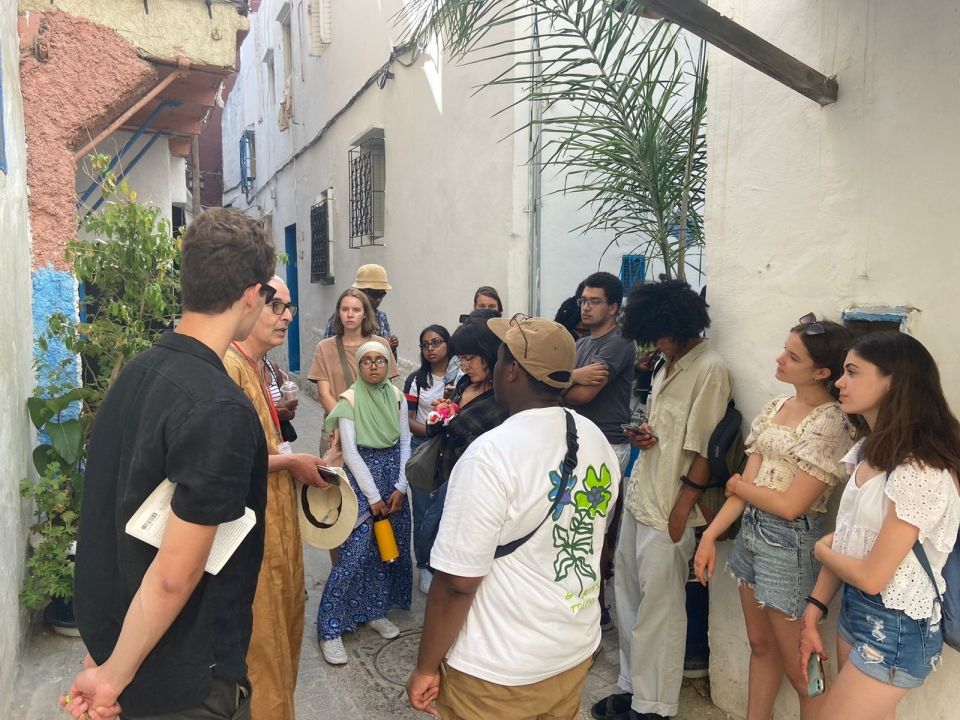
When reflecting with students on this trip on the way back to Rabat, students were very surprised by how different Tangier was from Rabat. They noted that it seems that there is much more of an international influence and it is clear that there is a lot of industry and international business in the city. They were also surprised to learn how many people speak Spanish in this region of the country. While it has been a pleasure to see students getting increasingly comfortable with their immersion in life in Rabat, we are also very happy that this trip is just a beginning of their understanding of the geographic, cultural, and linguistic diversity of Morocco.
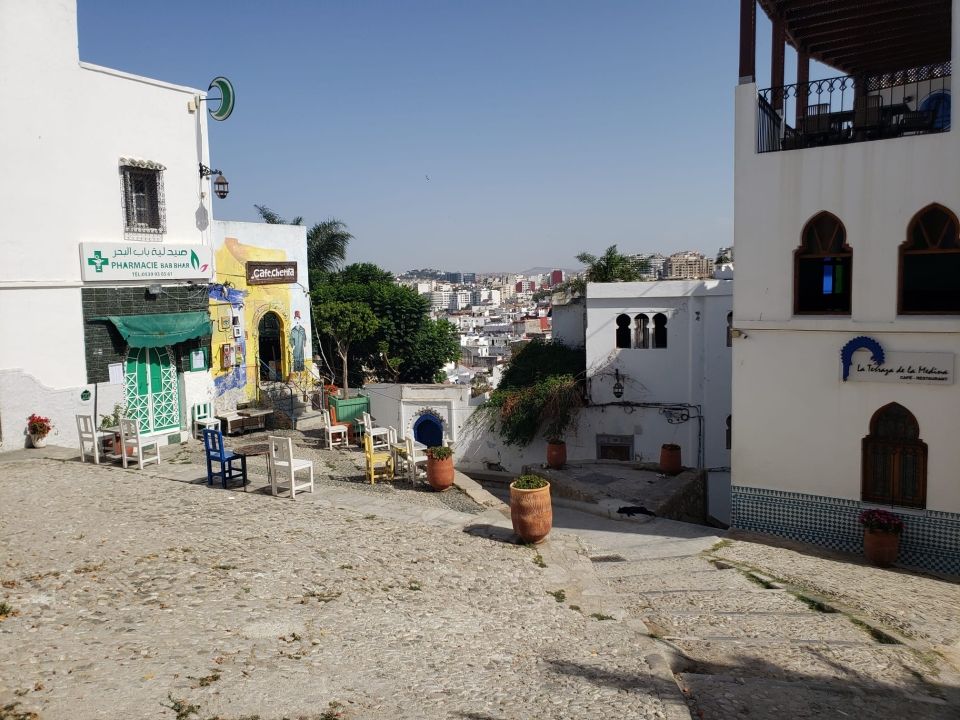
Related Posts
Weekend in Marrakesh
Our Weekend in Marrakesh - This blog was written by one of our students - Nyx Lange Reflecting on our past weekend excursion to Marrakesh from our Moroccan base of... keep reading
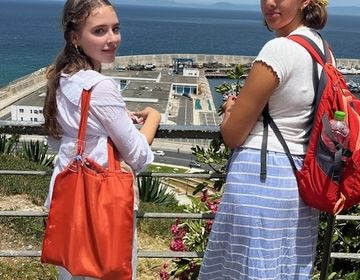
Exploring Tangier: A Day in Morocco's Gateway to Africa
This past weekend, our group ventured to the north of Morocco to the vibrant city of Tangier where the Mediterranean Sea meets the Atlantic Ocean First, we met our guide... keep reading
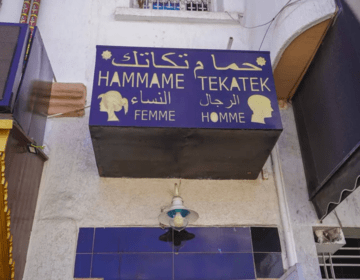
Bssaha wa Raha L'hammam🚰🪣🧼 بالصحة و الراحة الحمام
By Program Leader, Mohsin: Hey everyone! As your Moroccan program leader, I’m thrilled to introduce you to one of our country’s most cherished traditions: the hammam. If you’ve never heard... keep reading